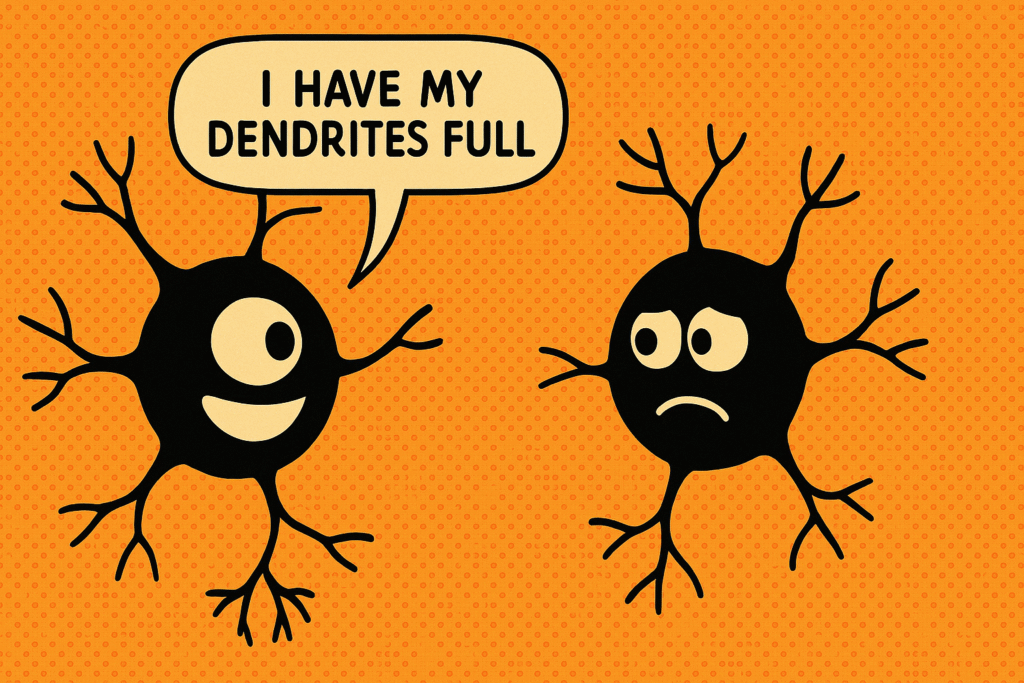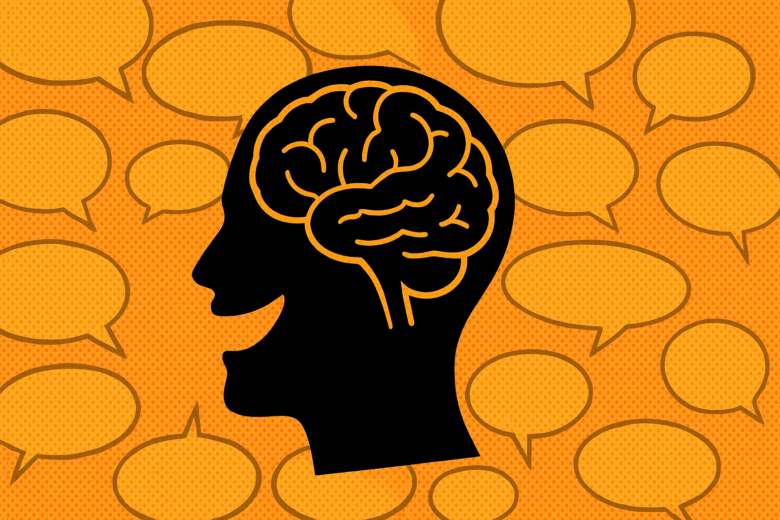Fun Fact: Laughter triggers the same reward system in the brain as chocolate, music, or even winning money.
Now imagine this: someone tells a joke. There’s a split second of silence—and then, your brain lights up. Your lips curl, your shoulders shake, and laughter bursts out. But what exactly just happened in your brain? What kind of neural wizardry turned a simple sentence into a full-blown emotional and physical response? Welcome to the world of humour neuroscience—a field that’s as fascinating as it is funny.
In this article, we’ll unpack what happens in the brain when you “get” a joke, and why that understanding tells us more about emotion, intelligence, and human connection than you might expect. Because let’s be honest—humour isn’t just about having fun. It’s about survival, empathy, and even power.
The Setup: How Jokes Play With Expectations
A classic joke has three parts: the setup, the incongruity, and the punchline. Take this one:
“Why don’t scientists trust atoms?”
“Because they make up everything.”
The setup leads your brain down one road (science and trust), but the punchline takes a sharp turn (atoms and deception). This surprise—the violation of expectation—is where the magic begins.
Your brain is constantly predicting the world. Every time you hear a sentence, it’s already trying to guess the ending. When that prediction is flipped on its head (like in a punchline), the brain scrambles to re-evaluate—and that scramble is what leads to laughter.
The Punchline: Your Brain on Humour
So, what actually fires up in the brain when a joke lands?
Temporal Lobes (Language Processing)
First, the left superior temporal gyrus (part of the temporal lobe) processes the words and syntax of the joke. It’s like your brain’s grammar police, ensuring you understand what’s being said.
Prefrontal Cortex (Problem Solving & Decision Making)
Then, the prefrontal cortex—especially the medial ventro-prefrontal cortex—kicks in. This region handles abstract reasoning and recognizes that the punchline doesn’t fit your earlier expectations. Essentially, it’s where the “Aha!” moment happens.
Nucleus Accumbens (Reward & Pleasure)
Next, if the joke “clicks,” your nucleus accumbens (part of the brain’s reward circuit) lights up. This area is rich in dopamine—a chemical that makes you feel pleasure. That’s why getting a joke feels so satisfying, like solving a puzzle or hearing good news.

Amygdala & Insula (Emotional Processing)
The amygdala, which processes emotions, and the insula, which handles bodily awareness, activate to create the emotional response—whether that’s mild amusement or a full belly laugh.
Motor Cortex (Laughter Response)
Finally, if the joke is really good, the motor cortex sends signals to muscles in your face and diaphragm, causing you to physically laugh.
In short: understanding a joke isn’t just mental—it’s linguistic, emotional, social, and even physical.
When Jokes Don’t Land: Timing, Culture, and Context
Not all jokes work for everyone, and that too is deeply neurological and cultural. Your brain’s wiring for humour is shaped by your upbringing, values, and personal experiences.
A 2020 study from University College London found that people with damage to the right hemisphere of the brain had trouble detecting sarcasm and understanding jokes. Another study from Stanford University noted that timing—the pause before a punchline—affects how well people perceive humour.
In short: your brain needs time, cultural alignment, and context to “get” a joke. That’s why what’s hilarious in one culture may fall flat in another.
Humour and Intelligence: Is Funny the New Smart?
Interestingly, some neuroscientists argue that the ability to understand and create humour may be a sign of higher intelligence. That’s because jokes often involve recognizing complex patterns, interpreting double meanings, and making fast connections.
Research published in the journal Intelligence shows a correlation between verbal intelligence and the ability to produce and appreciate humour. People who scored higher on verbal reasoning tests were more likely to be rated as “funnier” in controlled experiments.
So maybe the class clown had a point—just not always in the way the teacher wanted.
Humour as a Social Glue
Let’s not forget: jokes are rarely solo acts. Whether it’s a WhatsApp meme, a pun during a tea break, or stand-up comedy, humour brings people together. From an evolutionary perspective, this makes sense.
Laughter may have developed not as a reaction to jokes, but as a way to strengthen social bonds. Robin Dunbar, a professor of evolutionary psychology at the University of Oxford, proposed that laughter serves a similar function to grooming in primates: it creates trust and connection.
When we laugh together, our brains release endorphins (feel-good chemicals), lowering stress and making us feel more connected.
The Dark Side of Humour: Satire, Sarcasm, and Bullying
Of course, not all humour is light and inclusive. Sarcasm, satire, and dark humour activate many of the same brain regions—but also require deeper social cognition. You need to infer someone else’s intention, detect irony, and sometimes even suppress your own moral judgment to laugh.
This is where the default mode network (DMN)—the brain system linked with empathy and self-reflection—comes into play. It decides whether something is merely funny or also offensive.
That’s why jokes about race, religion, or trauma can divide a room. It’s not just about the joke—it’s about how your brain interprets its intent.
Can You Train Your Brain to Be Funnier?
Good news: yes. Just like solving math problems or playing the piano, humour can be improved with practice.
Improvisation training, reading comedic literature, and even trying your hand at stand-up comedy can sharpen the regions involved in abstract thinking and quick verbal association.
Laughter yoga and humour therapy are even being used in clinical settings for patients with depression, anxiety, and chronic pain. These practices don’t just lift mood—they change brain chemistry.
Laughter Is Serious Business
Understanding what happens in the brain when you get a joke gives us a surprising window into how humans think, feel, and connect.
Humour is more than a way to pass time—it’s a vital function of the mind. It tests cognitive agility, rewards creativity, and fosters connection. And in a world that often feels overwhelming, it gives us a moment to breathe, to bond, and to see things differently.
So the next time someone says, “It’s just a joke,” remember: it’s never just a joke. It’s a whole-brain event.
Author’s Note
I’ve always believed that humour is humanity’s sharpest tool—not just for survival, but for joy. This piece is a tribute to those invisible sparks in the brain that make us laugh, groan, or think twice. If this blog gave you a chuckle or made you think deeper about your own reactions, it’s done its job. And if not—hey, maybe it just wasn’t your kind of joke.
G.C., Ecosociosphere contributor.
References and Further Reading
- Samson, A. C., Zysset, S., & Huber, O. (2008). “Neural Substrates of Humourous Discourse Comprehension.” NeuroImage.
https://doi.org/10.1016/j.neuroimage.2007.10.020 - Dunbar, R. (2012). “The Social Role of Laughter in Human Evolution.” Philosophical Transactions of the Royal Society B.
https://royalsocietypublishing.org/doi/10.1098/rstb.2011.0090 - https://www.sciencedirect.com/topics/psychology/superior-temporal-gyrus
- https://www.mcislanguages.com/mcis-blog/think-global-speak-local-the-power-of-cultural-sensitivity-in-messaging




